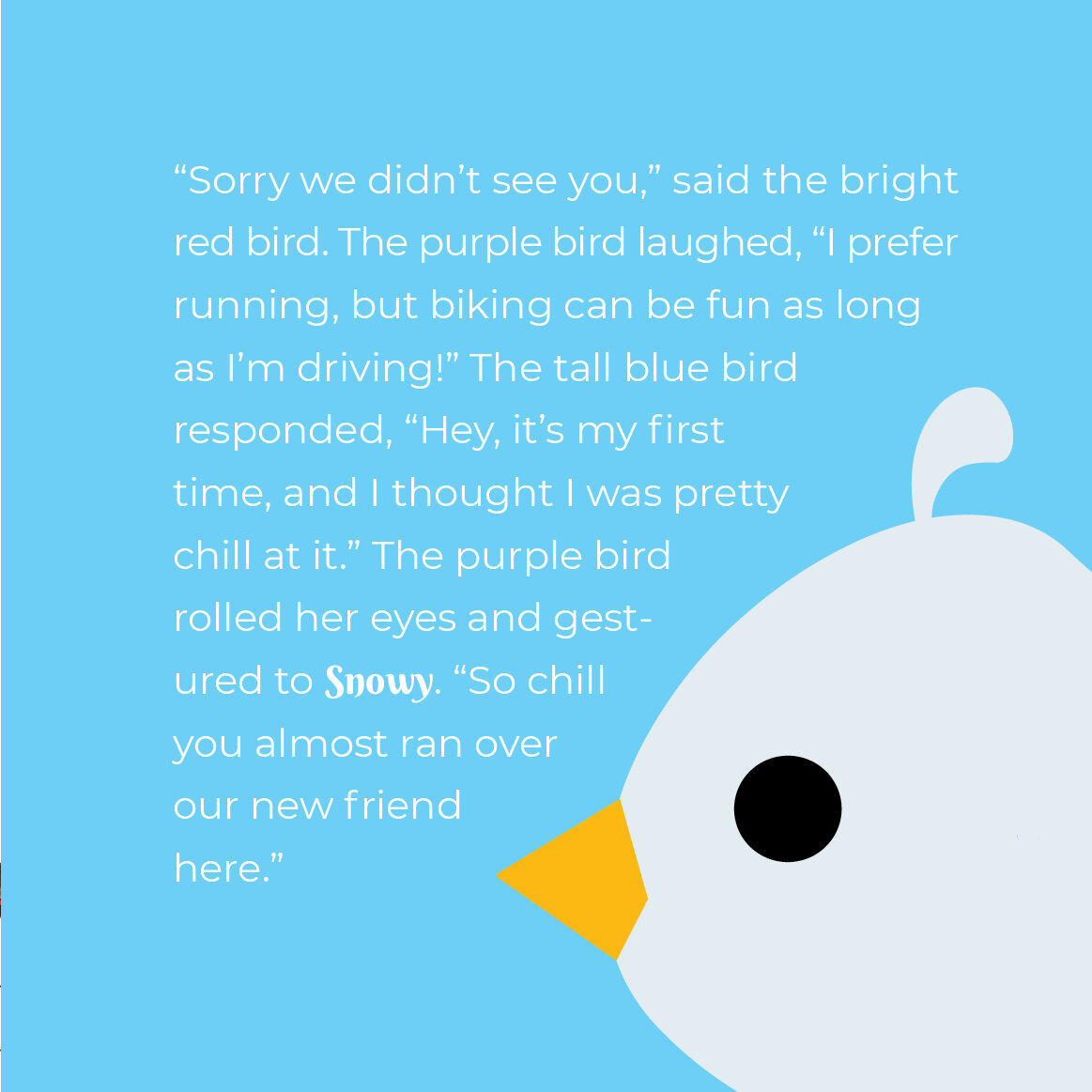Josie Roest
Extraordinary Circumstance:
Spinal Cord Injury (SCI)
Book: Soaring without Wings
Words by Sandi Lampshire
Design & Illustration by Kathleen Stone
Photography by Natalie Simpson
FunDraising by April Gordon
Editing by Jeri Larsen
Josie Roest has been independent, strong willed, easy going, and full of life since she was little. No matter what the struggle is on her path, she conquers it with a smile on her face. Josie has been paralyzed from the waist down since birth. The first five years of her life were spent in and out of hospitals and doctor visits. This has not stopped Josie being active and doing what she loves. Some of her favorite activities include skiing, biking, hiking, kayaking, and swimming. She also loves playing board games, computer games, and hanging out with her family and friends. She brings a big smile to everyone that comes into her life and treats others the way she wants to be treated. Josie is now a senior in High School and takes her education very seriously. She wants to be an engineer and help women in developing countries. She lives her life to the fullest each day.
Read her book.
Copyright © 2020 by Dallas Graham. All rights reserved. No part of this book may be reproduced in any form by any electronic or mechanical means, including photocopying, recording, or information storage and retrieval without permission in writing from the copyright holder.
learn more about
Spinal Cord Injury (SCI)
Spinal cord injury (SCI) refers to a trauma to the spinal cord that effects its ability to send messages between the brain and the body. This causes difficulty controlling the bladder and bowel, loss of touch sensation below where the injury occurred, and profound weakness below where the injury occurred. People with SCI often can’t move their body parts that are below where the injury occurred, or at least have difficulty doing so. These injuries also effect how a person’s bones develop and often lead to scoliosis and poor hip joint development.
About three percent of all people with spinal cord injuries are children younger than fifteen years of age. Spinal cord injuries are usually caused by traumatic events, such as falling or being in a car accident. Very rarely, a spinal cord injury can occur at birth, during a traumatic cesarean section delivery.
Spinal cord injuries are classified as either complete or incomplete. A complete injury means that the spinal cord is completely unable to convey messages from the brain to below where the injury occurred. An incomplete injury means that some messages can get through. People who have spinal cord injuries have lifelong obstacles to overcome and, typically, don’t live as long as other people. Skin wounds are very common and take a long time to heal. Chronic pain is also common. There is a lifelong, increased risk of problems with kidney, lung, and heart function. Successful recovery depends upon how well these chronic conditions are managed day to day.
If you would like to learn more about spinal cord injuries, check out these useful resources:
now.aapmr.org/traumatic-spinal-cord-injury
www.nscisc.uab.edu
RED FRED PROJECT WOULD LIKE TO THANK OUR FRIEND, Michael Green, FOR his RESEARCH AND PARTICIPATION IN SHARING THIS VERY IMPORTANT INFORMATION, REGARDING THIS EXTRAORDINARY CIRCUMSTANCE.



































